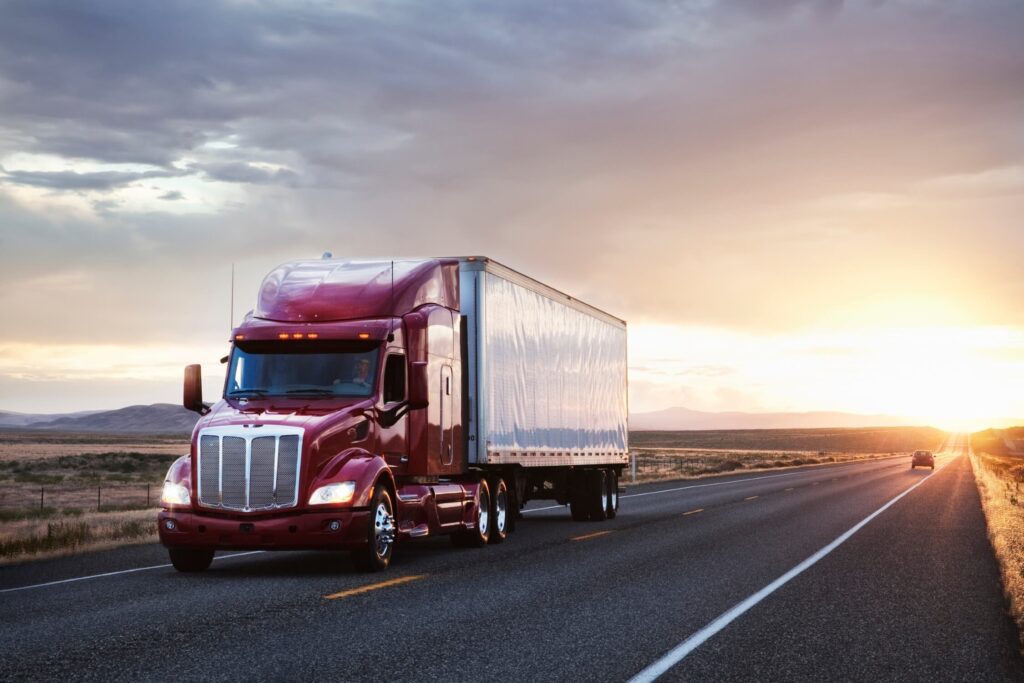Trucking & Logistics

There are more than 350 miliion commercial vehicles worldwide, and these commercial fleets are expanding by approximately 22 million vehicles annually.
In fact, it is estimated that the entire global transportation industry emits more than 8.26 gigatons of carbon dioxide emissions annually, about 26% of total global CO2 emissions. That’s the equivalent of running more than 37 million trucks non-stop for a year.
Despite the global commercial logistics industry being a major global polluter, it is a vital component of the global economy, delivering the goods required by people, companies, and governments.
In many countries, governments have imposed a carbon tax that forces fleet operators to pay a tax based on the carbon emissions these governments estimate the fleets produce based on distance travelled. In some countries, a commercial trucking fleet with 1,000 trucks on the road can expect to pay a carbon tax equivalent to about US$ 10 million per year.
Commercial trucking companies typically operate on compressed operating margins well below 10%, a stark reality that is compounded by soaring energy prices, a shortage of truck drivers, and government policies.
In the United States of America, the federal government uses a standard formula of 0.209 kg/ ton-mile when calculating emissions in Class 8 commercial trucks.
The average age of a diesel engine trucks in the United States of America is approximately 11.8 years, and diesel engine trucks generally emit far less pollution than they did 30 years ago. In fact, the carbon emission footprint of one diesel engine truck from 1988 is estimated to be equivalent to the carbon emissions footprint of about 65 diesel engine trucks today.
Utilizing the miniaturized mass spectrometry instrumentation that has been conformed to measure and report actual CO2e emissions in near real-time from mobile assets such as over-the-road diesel engine trucks, we are able to verify that newer diesel engine trucks actually emit less than .209 kg/ton-mile.
This methodology can be applied globally.
When this methodology is applied to fleets with smaller actual carbon emission footprints than are otherwise imputed by governments, fleet operators can measure, report, and verify actual carbon emissions with demonstrable scientific precision in accordance with standards that have been adopted by greenhouse gas compliance program specialists.
For commercial fleets operating in countries where governments impose carbon taxes, this can result in a significant reduction in carbon taxes payable, a savings estimated between 70% and 80% in some cases.
For commercial fleets in general, this verifiably smaller actual carbon emissions footprint can qualify for carbon credits that can be sold to third-party emissions polluters looking to purchase carbon offset instruments to achieve Net Zero. These carbon credit programs are standardized, approved, and administered by the largest industry participants.

Our team works closely with the stakeholders across the carbon value chain to help commercial trucking fleet operators demonstrate their commitments to reducing carbon emissions, generate and financially benefit from carbon credits and, when and where applicable, reduce the tax liabilities associated with their carbon footprints.